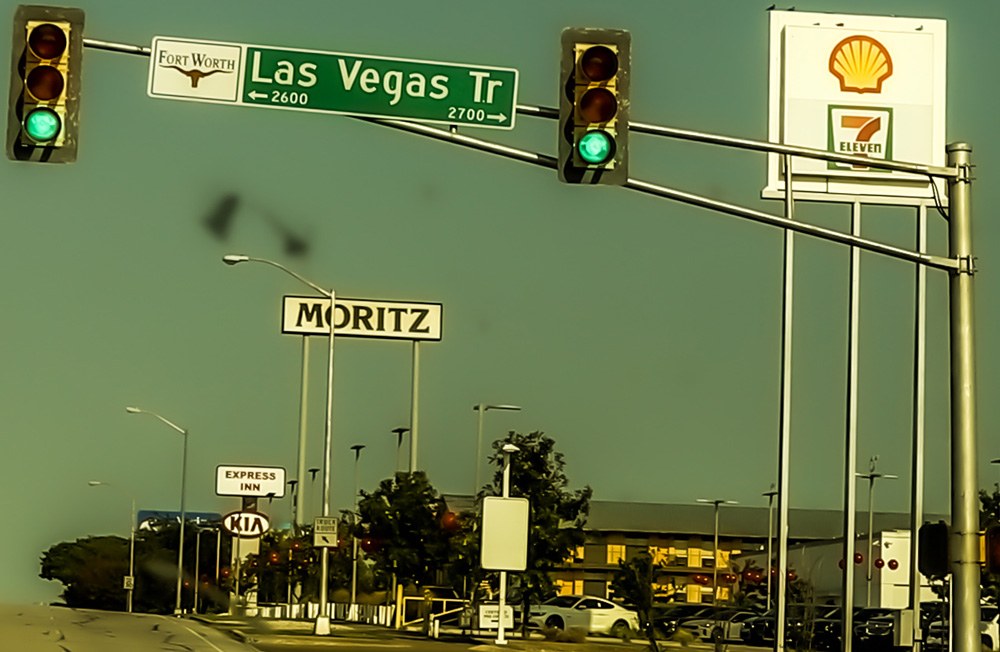
Photo by Juan R. Govea
Though Las Vegas Trail itself is only about a mile long, it looms large in the history of Fort Worth and in most of our psyches. In a 2017 series of stories, the Star-Telegram summed up the Westside area with the simple phrase “drugs, guns, abuse — and a sliver of hope.”
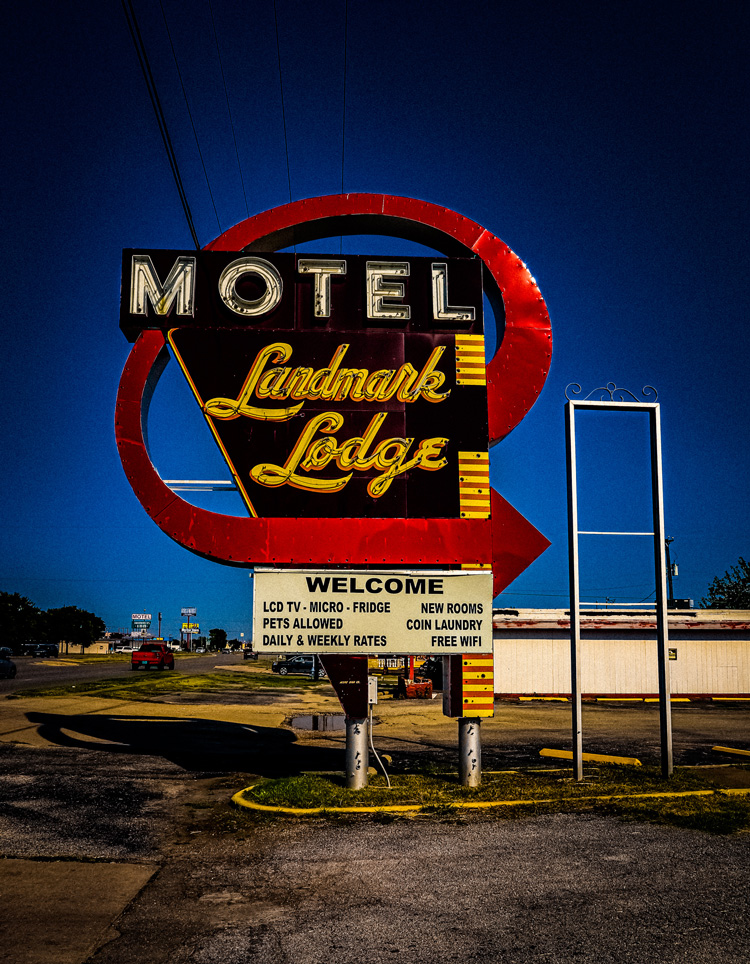
Photo by Juan R. Govea
LVT, or simply “The Trail,” as it’s come to be known, hasn’t always been this way. The first homes were built in 1956, and through the mid-1980s, this part of the West Side was almost exclusively white and white collar, drawn by the promise of living in Western Hills. That’s what this LVT-adjacent neighborhood was called when it was drawn up and master-planned. A 1957 ad in the Star-Telegram reads, “You’ll be pleasantly surprised at the prices after you see the exceptional added qualities you’ll enjoy in … Western Hills Homes.” The ad goes on to say that Western Hills residents would play an important part in the development of community life in the new addition. As the area grew, many Western Hills residents did watch their community grow but not always for the best.
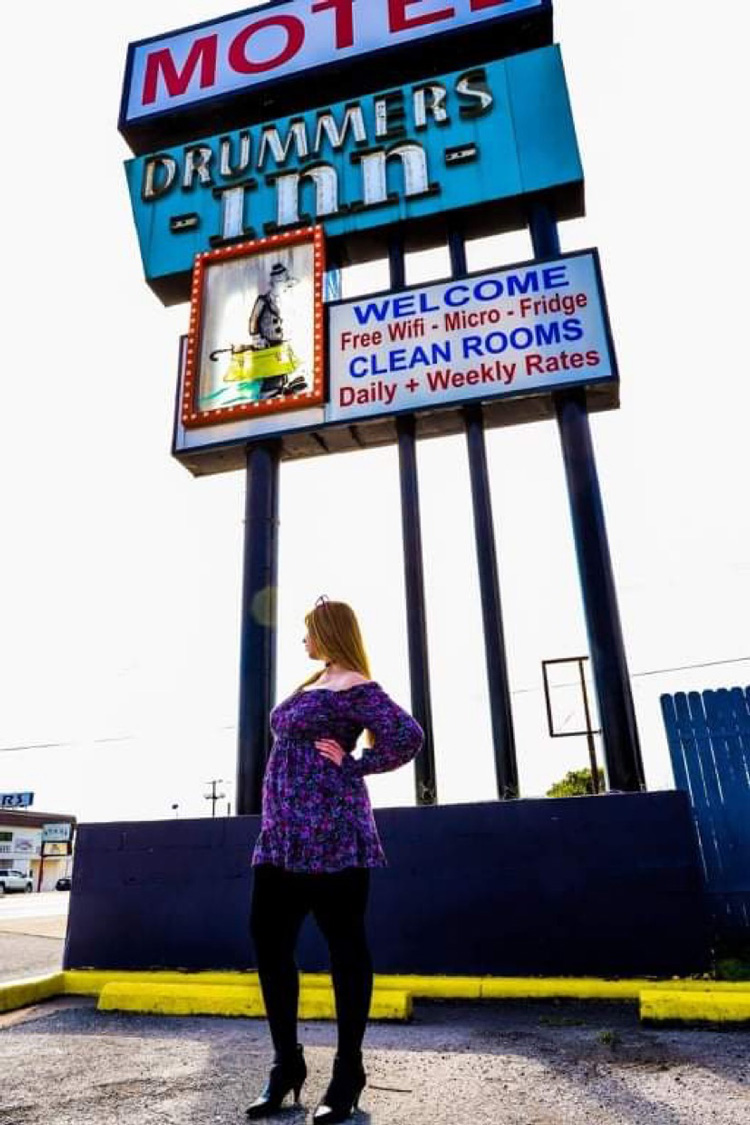
Photo by Juan R. Govea
Most of the original inhabitants worked at nearby General Dynamics (now Lockheed Martin), and many of the homeowners in the area are retirees from GD or the Naval Air Station (formerly Carswell Air Force Base). The area fell into disrepair after GD closed. In the area past Alta Mere Drive heading west, the nice homes stretch along and neighbor a cluster of low-income apartments that went up over an 18-year period between 1967 and 1985. A few convenience stores advertising food stamps, calling cards, and alternate brand cigarettes line the streets on this side of the tracks. Along Hwy. 80, the relics of Western Hills are held together by old motels and inns. The Landmark Lodge Motel’s bright, retro sign lights up the strip along with cabarets catering to the local motel guests and others passing through. Many nonprofits see the area as where they are needed most. Food Not Bombs is just one charity group whose volunteers regularly attempt to brighten up the Trail, handing out food every Friday at the LVT Laundromat.

The area became depressed through neglect, changing demographics, and a stark lack of investment in infrastructure, such as parks and community centers. The cheap motels and deteriorating apartments attracted transients, and over time the neighborhood became a haven for gangs, drug dealers, and pervasive crime.
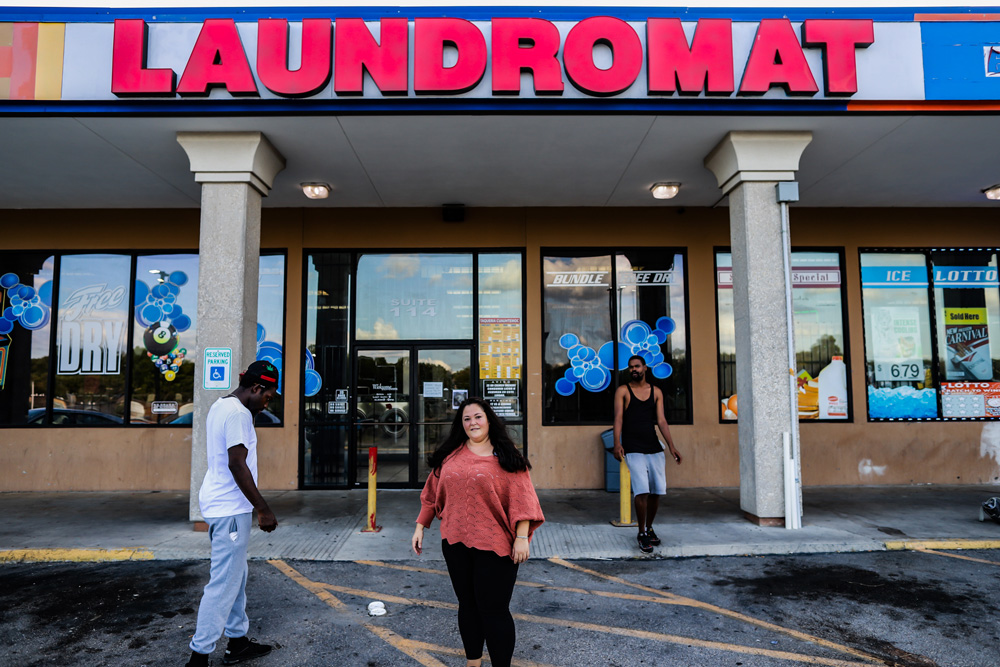
Photo by Juan R. Govea
Taking a closer look at LVT reveals that even among all of the problems, there are glimmers of hope. There are still many people who care about their community and even more who see the light amid the darkness. There’s also the intriguing period architecture, which in its density is unlike anything else in Fort Worth.
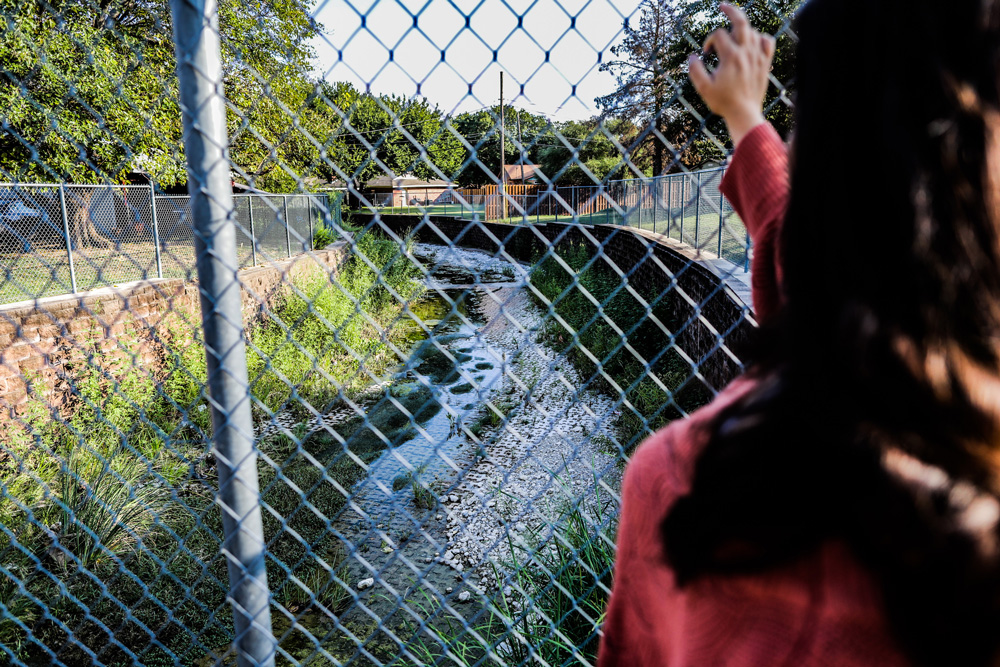
Photo by Juan R. Govea
Since the Star-Telegram’s series, which exposed myriad problems along LVT — especially many malnourished and unsupervised single-parent children, high unemployment, and drugs — city officials have begun to pay attention. Two years ago, the city purchased the Westside YMCA and turned it into the Rise Community Center. Just a mile east of the Trail and a short walk from Western Hills elementary and primary schools, the building sits across from a public library in a nearby apartment complex and a chapter of the Boys & Girls Club of Greater Fort Worth. The center provides a food bank, job training, after-school child care, and health living resources through LVT Rise, a nonprofit created to consolidate services for the struggling Las Vegas Trail area.
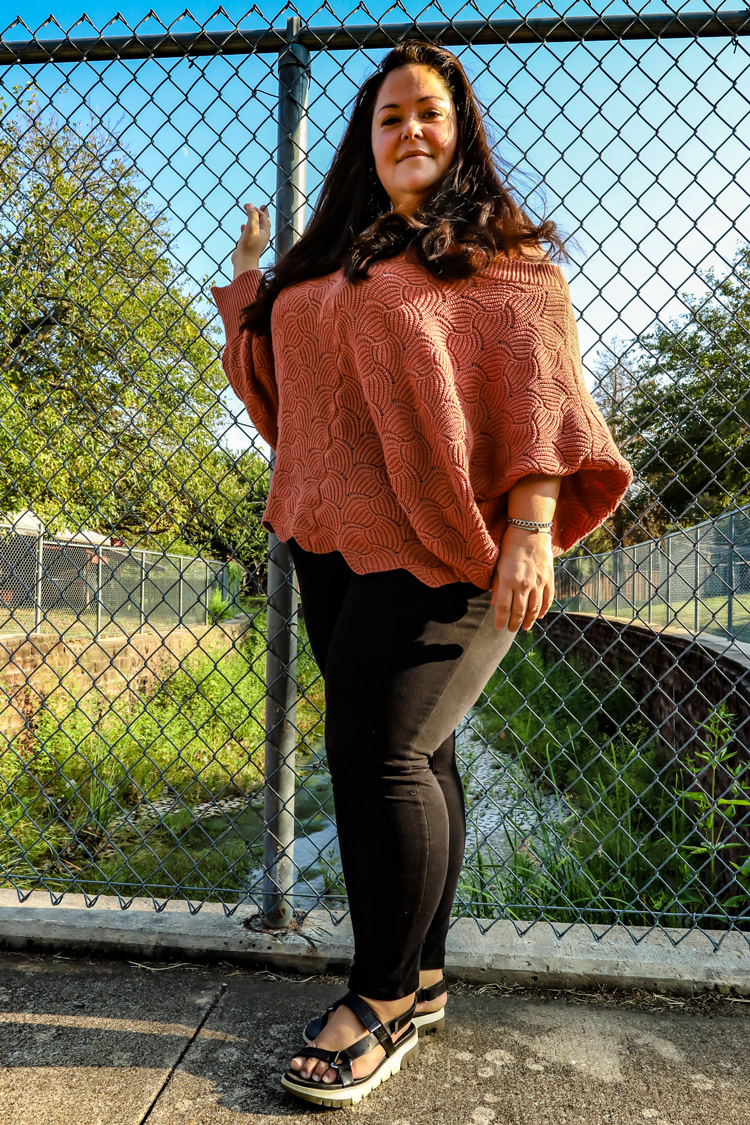
Photo by Juan R. Govea
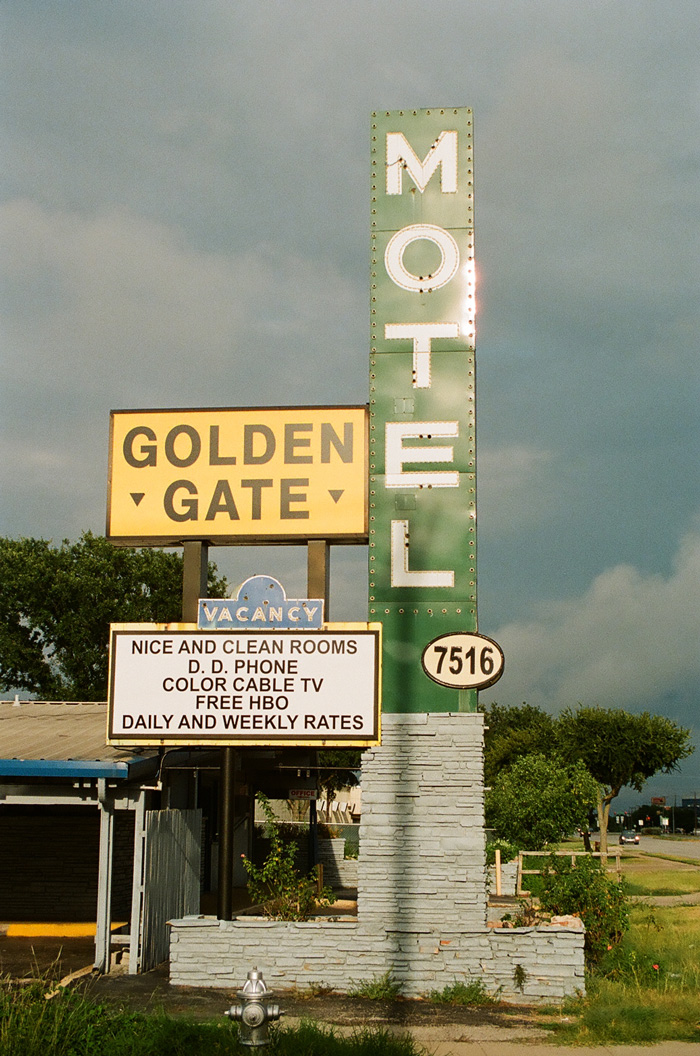
Photo by Juan R. Govea
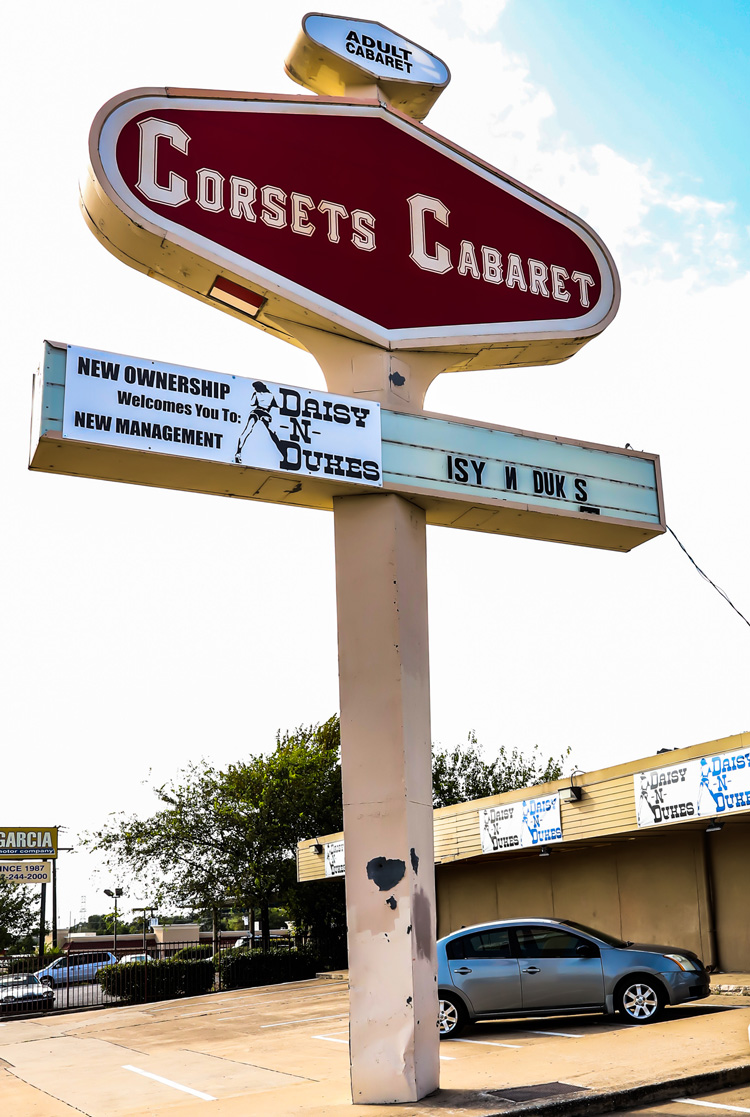
Photo by Juan R. Govea
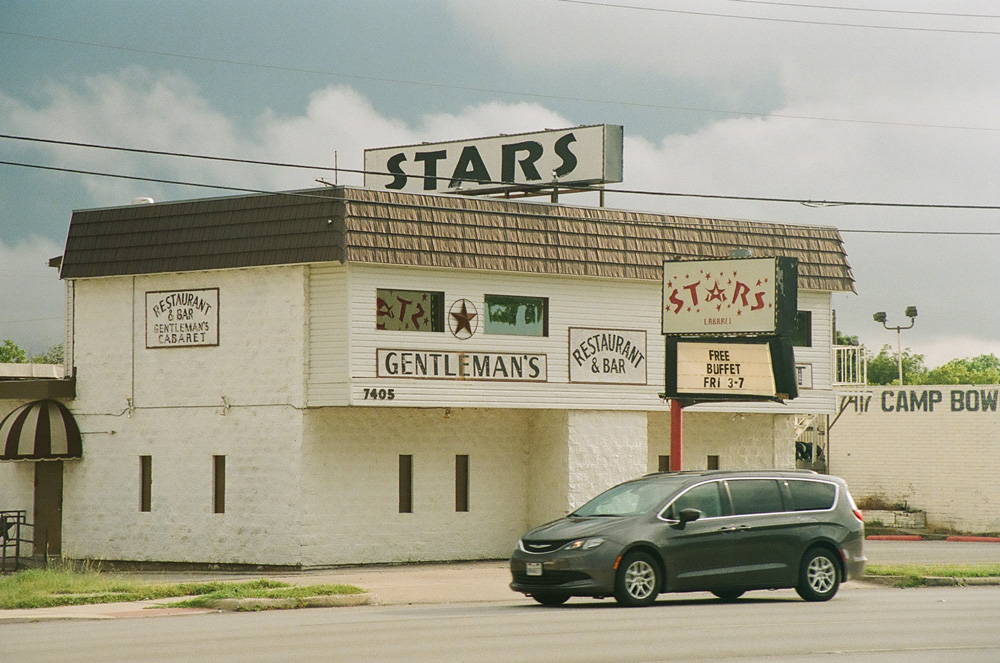
Photo by Juan R. Govea



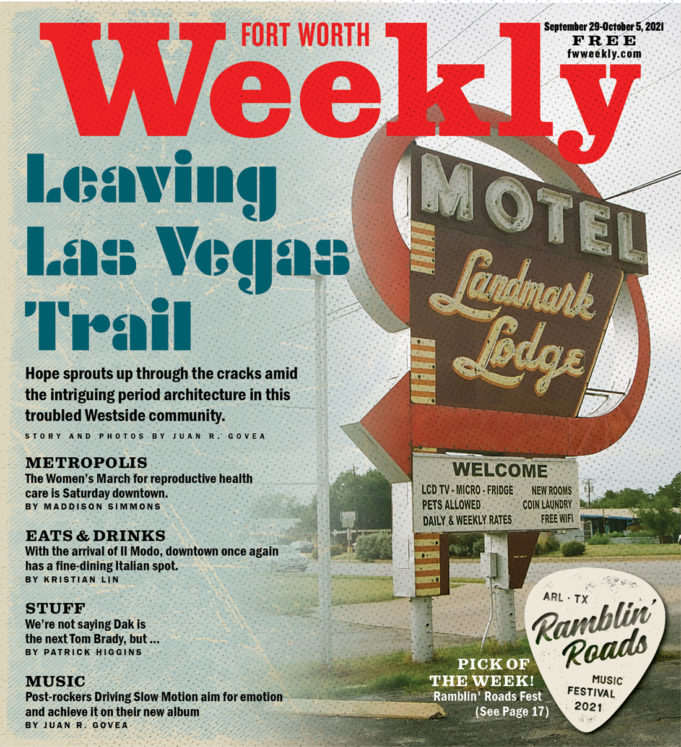









Timely stuff.
The failures of social engineering and leftist agendas are apparent throughout Fort Worth.